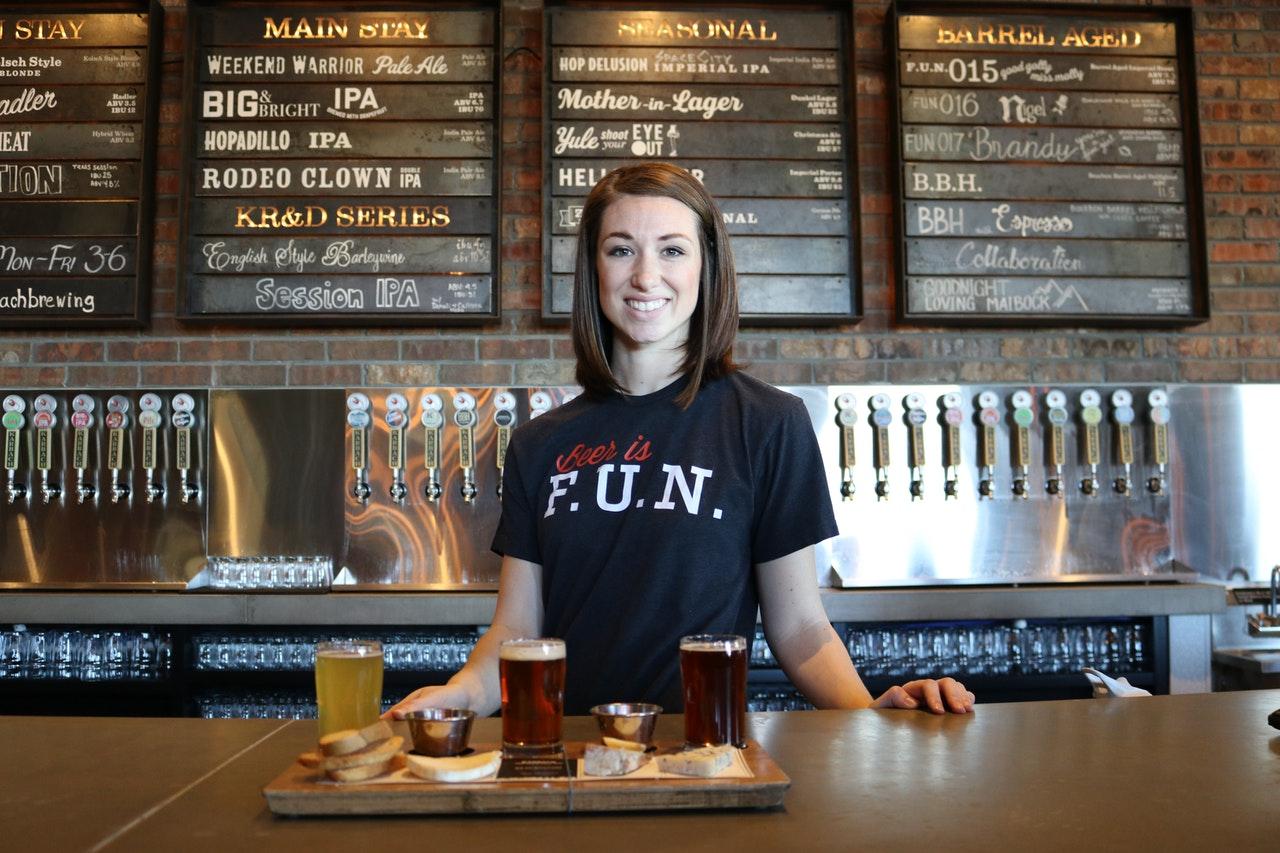Many home brewers prefer to carbonate their beers in a keg instead of bottling them individually. With a keg, it is easy to pour yourself a glass of beer. Opening a keg is just like opening a bottle of beer, but without the additional effort of filling multiple bottles. If you plan to make beer for personal consumption or to enjoy at parties, kegging is the ideal method. Whether to bottle or keg is a matter of personal preference. If you choose to keg your beer, it's important to learn about the various methods of carbonating a keg.
There are basically two methods of carbonation:
1. Natural method
2. Force carbonation method
In force carbonation, you would actually be choosing between the "waiting" method, the "shake" method, and the "injection" method. Let's begin with the first method, which is the natural carbonation method.
1. Natural Carbonation Method
In the natural carbonation method, you will revive the weakened yeast after fermentation by feeding it with priming sugar. To do this, add the priming sugar to your keg filled with your fermented beer. The yeast will then digest the sugar, converting it into alcohol and carbon dioxide. This process generally takes around 7 days before achieving the desired result. However, due to using a keg, it is still necessary to fill it up with carbon dioxide in order to properly seal it. The addition of CO2 displaces the oxygen in the keg, which should be avoided. Unfortunately, this can result in a cloudy beer. To resolve this issue, allow the beer to settle first and discard the initial few glasses to remove any yeast residues.
2. Force Carbonation Method
It should be done at the correct pressure and temperature. Before attempting this method, it is important to study and understand it thoroughly. There are online calculators available to guide you through the process. It is crucial to avoid overcarbonation, as this will result in an unsatisfactory outcome.
Waiting Method
First, you need to establish a constant temperature and pressure. Then, you will need to wait for approximately 7 days before you can enjoy your beer. This simple method prevents overcarbonation, but it requires patience.
Shake Method
The shake method is for those who can't wait a week to try their beer. It involves performing similar processes as in the "waiting" method but with a few modifications. Instead of waiting patiently, you shake the beer, allowing it some time to settle, and then shake it repeatedly. During this process, you will notice a distinct sound coming from the CO2 in the gas regulator. Once this sound ceases, your beer will be ready for consumption.
Injection Method
It simply means injecting CO2 to the bottom of the keg to expose it to the beer. This allows the CO2 to contact the beer's surface more rapidly. However, it is important to bleed off the keg's pressure carefully to prevent foaming from the lid. The pressure must reach equilibrium without surpassing it. To do so, unscrew the relief valve on top of the keg, which can be a bit challenging. Those experienced in home brewing will know how to adjust this to avoid overcarbonation. This method is, indeed, the fastest way to carbonate a keg.
Control is of utmost importance when carbonating in a keg. If you are new to this process, it is advisable to begin with a method that allows for easier control. This way, you can ensure that your beer turns out to be of excellent taste without any unnecessary wastage due to excessive foam.
